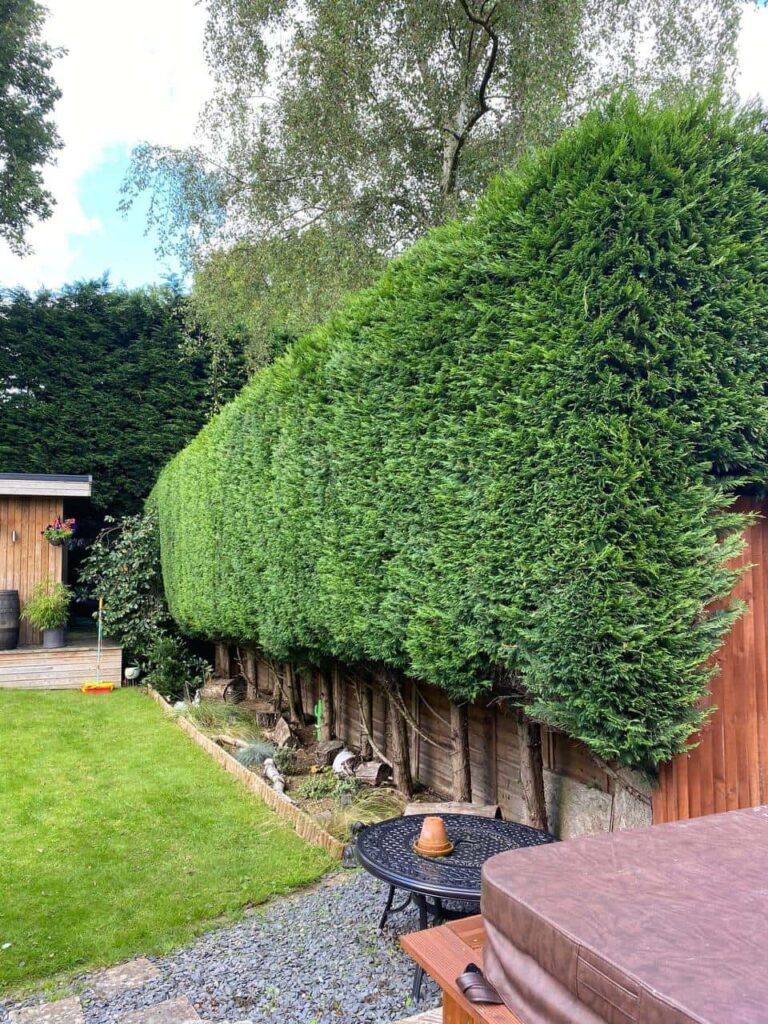Annual tree pruning isn’t just about keeping your garden neat—it’s a vital practice that ensures healthy growth, enhances flowering and fruiting, and reduces the risk of damage or disease. At Eye Tree Surgeons, we regularly advise homeowners across Eye, Suffolk on which trees need that yearly trim and why skipping it could cause bigger problems later.
While not all trees require the same attention, some species thrive under consistent annual pruning. The key is knowing which ones need shaping for structural strength, which benefit from regular thinning, and which simply need dead or damaged wood removed to keep them safe and healthy.
Trees That Benefit Most from Annual Pruning
- Fruit Trees (Apple, Pear, Plum)
These trees need annual pruning to encourage stronger fruit-bearing branches, improve airflow, and reduce disease. Left alone, they can become crowded and produce smaller or poorer-quality fruit. - Willow and Poplar Trees
Fast-growing and often brittle, these species benefit from yearly shaping to prevent weak limbs and breakages, especially in high winds. - Birch and Cherry Trees
Pruning these trees annually when they are young helps to establish a strong central structure, essential for long-term health and appearance. - Maple and Sycamore Trees
These broadleaf varieties can benefit from thinning to reduce leaf density, allowing more light through and improving their overall shape. - Ornamental Trees
Species such as crabapple or flowering dogwood look their best when carefully shaped each year, especially if planted for kerb appeal or garden aesthetics.
Why Annual Pruning Makes a Difference
- Encourages healthier growth and stronger limbs
- Reduces risk of storm damage or weak branch collapse
- Prevents disease and pest infestations from spreading
- Helps maintain size and shape in urban gardens
- Improves air circulation and light penetration through the canopy
Conclusion
Some trees can go years without pruning and fare just fine. But for others, neglecting a yearly trim can lead to poor structure, reduced flowering or fruiting, and a higher chance of damage. At Eye Tree Surgeons, we understand the unique needs of each species and tailor our approach accordingly. If you’re unsure whether your tree needs attention this year, let us take a look and help you keep it at its best. Regular pruning now prevents much larger issues down the line—and keeps your landscape looking its finest.
Call us on: 01379 773 584
Click here to find out more about Eye Tree Surgeons
Click here to complete our contact form and see how we can help with your tree needs.

